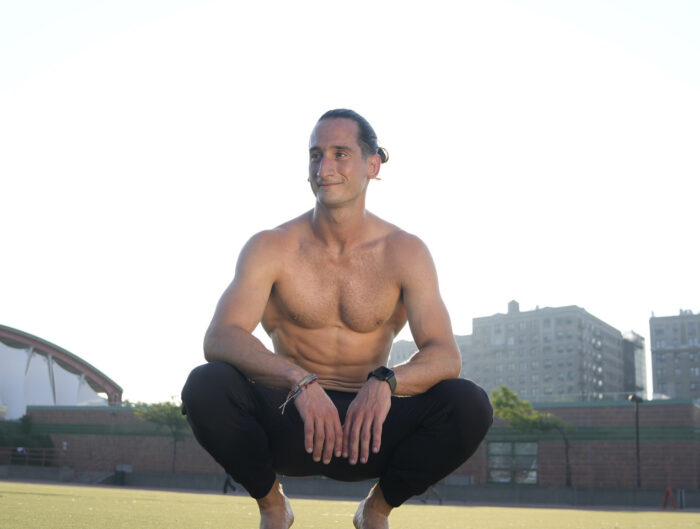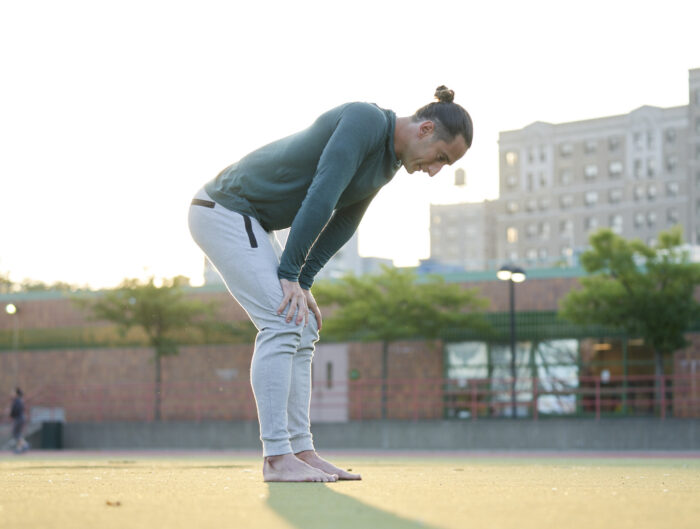So many people day-in and day-out deal with life’s ups and downs, yet every person has their own way of coping and dealing. Some people easily release their stresses and thoughts by working out, writing, painting, hanging with friends, etc. But far too many people have no clue how to control their outer stressor of the world, and that can lead to the pathway of depression.
There are obvious signs of depression, like feelings of sadness, hopelessness, and anxiety, but depression can also cause unexplained physical symptoms. Physical pain and depression are closely related. Simply put, pain can be depressing, and depression causes and intensifies pain. Some research shows that pain and depression share common pathways in the limbic (emotional) region of ones brain. In fact, the same chemical messengers that control pain also control mood. According to an article published by the Harvard Medical School, people with chronic pain have three times the average risk of developing psychiatric symptoms–usually mood or anxiety disorders–and depressed patients have three times the average risk of developing chronic pain. Unfortunately, individuals with depression, as well as their families and health care professionals, often overlook the physical signs and symptoms of depression. In one case, researchers found that sleep troubles, fatigue, and worries about health are reliable indicators of depression in older adults. But, they also found these signs are routinely and incorrectly dismissed as a natural part of aging.
Sleep in my opinion is the fountain of youth and you can never get enough. For many it can also be a way to momentarily escape some of those daily stressors. Depression and stress are very closely related. Stress hormones speed heart rate (palpatations) and make blood vessels tighten, putting your body in a prolonged state of emergency. Over time, this can lead to heart disease.
According to Harvard Medical School, patients who are depressed when hospitalized for a heart condition are two to five times more likely to have severe chest pain, heart attack, or stroke, in the next year. Recurrence of cardiovascular problems is linked more closely to depression than to smoking, diabetes, high blood pressure, or high cholesterol. Untreated, depression raises the risk of dying after a heart attack. Heart disease is also a trigger for depression.
Depression and stress may have a negative impact on the immune system, making you more vulnerable to infections and diseases. Many people get to the point where they emotionally can’t function, they eat too much, and some too little. They become anti-social and don’t interact with others as they normally would. Depression is a serious thing and can take a toll on you. Reaching out and getting your feelings out through words or exercise are great options.
Hippocrates was the first Western physician to prescribe this treatment 2,500 years ago, that we call exercise and doctors have been recommending it to their patients ever since. All the evidence accumulated by modern science says it works. If you suffer from major depression, exercise probably won’t be the only treatment you’ll need, but it will help along with your treatment plan. Whereas medication and counseling can take weeks to work, you can start feeling the positive effects of exercise right away and it can be a serious confidence booster. Here are some key components of how exercise can change someone’s outlook and battles of depression:
Working out effects the same neurotransmitters that antidepressant medications target. It produces feel-good brain chemicals called “endorphins,” which promote the sense of well-being and satisfaction. It releases tension in muscles that contributes to depression-related soreness and insomnia. It reduces levels of the stress hormone cortisol, relieving feelings of anxiety and agitation
And it also raises body temperature, which appears to have calming effects.
Finding things that can you distract from your negative thoughts is also a great way to stay in the game of a positive lifestyle.
Set reasonable goals. You don’t have to commit to 90 minutes of intense exercise every day. Research indicates that at least 30 minutes per day results in maximum depression-fighting benefits, but you don’t have to start there if that seems overwhelming at first. Start with any duration and intensity level that you’re pretty sure you can easily manage on most days, and go from there. Just starting is the biggest step for many on a journey that can change your life for the better.
If you’re like most people who struggle with depression, believing (and doing) most of the things listed here is going to feel a little unnatural and uncomfortable at first, this is all a part of your internal and external transformation) especially if you’ve dealt with chronic depression for a long time. But if you can manage to make the leap of faith it takes to believe things can change for the better, the results will prove that your efforts are well worth the work. Even if you have to have a plan b, which you should, it shouldn’t stray too far from the initial goal and that is to overcome the cycle of self doubt and judgement, knowing that deep down you will overcome.







